Tòng and bì syndromes
Pain is the number one reason for consultation, accounting for almost two-thirds of all medical consultations, particularly in Europe. It is therefore an essential and delicate element in patient care.
Generally speaking, pain is something unpleasant that happens in the body. But it is also, at the same time, a personal and therefore subjective mental experience.
The International Association for the Study of Pain (IASP) describes pain as “an unpleasant sensory or emotional experience associated with present or potential tissue damage.”
This means that pain, in addition to indicating physical damage (potential or present), is, like its opposite, pleasure, a subjective emotional attitude, which triggers and shapes behavior. Pain is therefore neither a simple perception nor a purely physical sensation. It is fundamentally a mental state.
An energy block
According to traditional Chinese medicine (TCM), pain is generally a sign of energy blockage. However, this varies depending on the location of the pain and its causes. TCM classifies pain according to:
- whether it is permanent or intermittent;
- whether it corresponds to painful numbness with swelling in the joints;
- whether it is due to excess pressure, spasms, radiation, etc.
The problem is complex. Pain is treated by unblocking the meridians, expelling excess fluids or mucus, and releasing blood stagnation.
For long-term pain, acupuncture and/or Chinese herbal medicine are used to reduce the level of pain and provide relief. Moxibustion, massage, and cupping are also widely used to relieve pain. Pain rarely occurs on its own; it is usually symptomatic of an energy imbalance that will be detected by diagnosis.
According to TCM, the concept of pain can be divided into two main syndromes: tòng (emptiness) or bì (blockages).
Bì syndrome

Bì are painful obstructions of the meridians caused by a combination of three perversions, also known as “the three demons”: Wind, Cold, and Dampness.
Bì syndrome affects the skin, muscles, vessels, tendons, bones, and meridians.
Poor lifestyle choices and bad social or eating habits can hinder the circulation of Blood and Qi in the meridians, thereby promoting the onset of Bi-type diseases.
These include:
- irregular sleeping patterns,
- overwork,
- a cold or damp home, exposing you to Cold, Wind, and Dampness,
- alcohol abuse,
- an overly rich or insufficient diet,
- excessive eating that damages Jing and Blood,
- intense emotions experienced in excess (Anger, Joy, Emotional Shock, Worry, Sadness, Overthinking, Fear)
- bruising or blood stagnation after external trauma.
Tòng syndrome
Tong syndrome, on the other hand, most often stems from internal causes.
It occurs in the Five Organs and Six Entrails. It is also found in the “particular Entrails”: Brain, Marrow, Bones, Vessels, Gallbladder and Uterus. Here, we often diagnose a Yin vacuum, a Yang vacuum, a Qi vacuum or a Blood vacuum (or a combination of all four).
The functions of the human body, whether organic or psychic, are linked together in perpetual motion. Any slowing down or blockage (痹 – bì) of movement in any of the body’s functions can lead to pain.
Pain is therefore a vast subject insofar as it covers multiple realities. We must therefore distinguish :
- where it occurs (outside or inside the body),
- its origin: external (meridians) or internal (organs [qìguān] and viscera [zāngfǔ]),
- its type: emptiness or fullness,
- its nature: acute or chronic, etc.
Here too, the list is long, and taking an anti-inflammatory won’t solve the root of the problem. It’s essential to see pain as an alarm bell that should draw our attention to a change in our lifestyle.
Painful periods

Many women experience pain before and/or during menstruation. According to a 2005 study, 50-70% of teenage girls experience permanent or occasional dysmenorrhea. For 15-20% of them, this pain even forces them to limit their activity or even go to bed. Worse still, many women experience these pains as normal, almost inevitable.
But there’s nothing normal about pain. These pains are signs of energy imbalances, and most often of blood and energy stagnation in TCM terms. By restoring the flow of energy through acupuncture and/or pharmacopoeia, Chinese medicine can put an end to these pains.
This involves mobilizing qi and blood, nourishing blood and toning qi. A personalized diagnosis will enable each patient to be treated appropriately according to the nature of the imbalances observed.
Thanks to these treatments, women can finally experience their cycles in comfort and serenity.

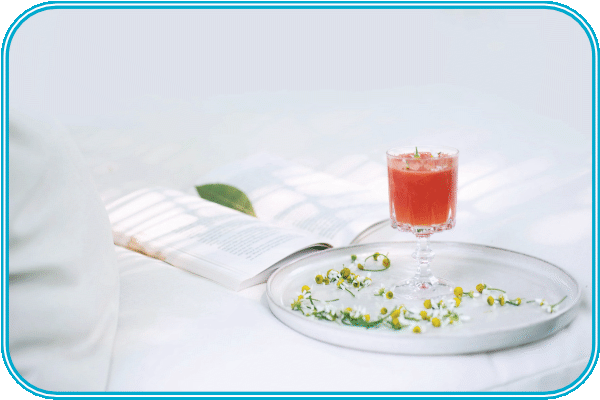
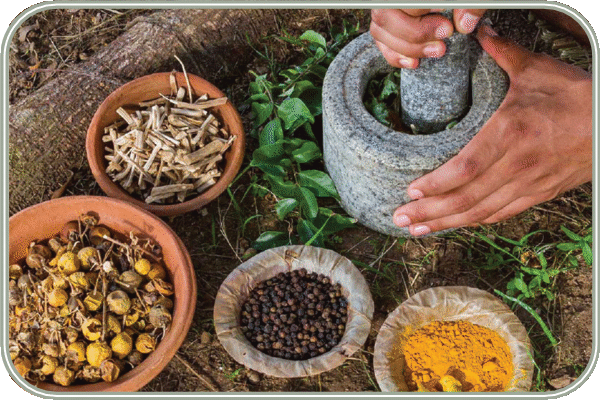

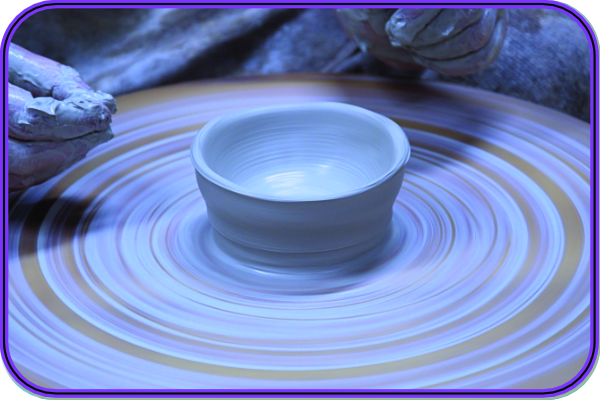
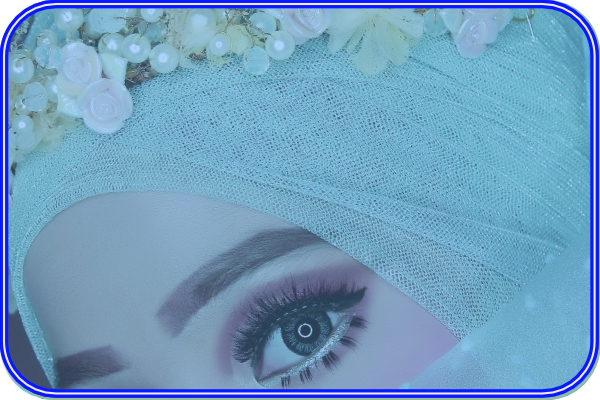
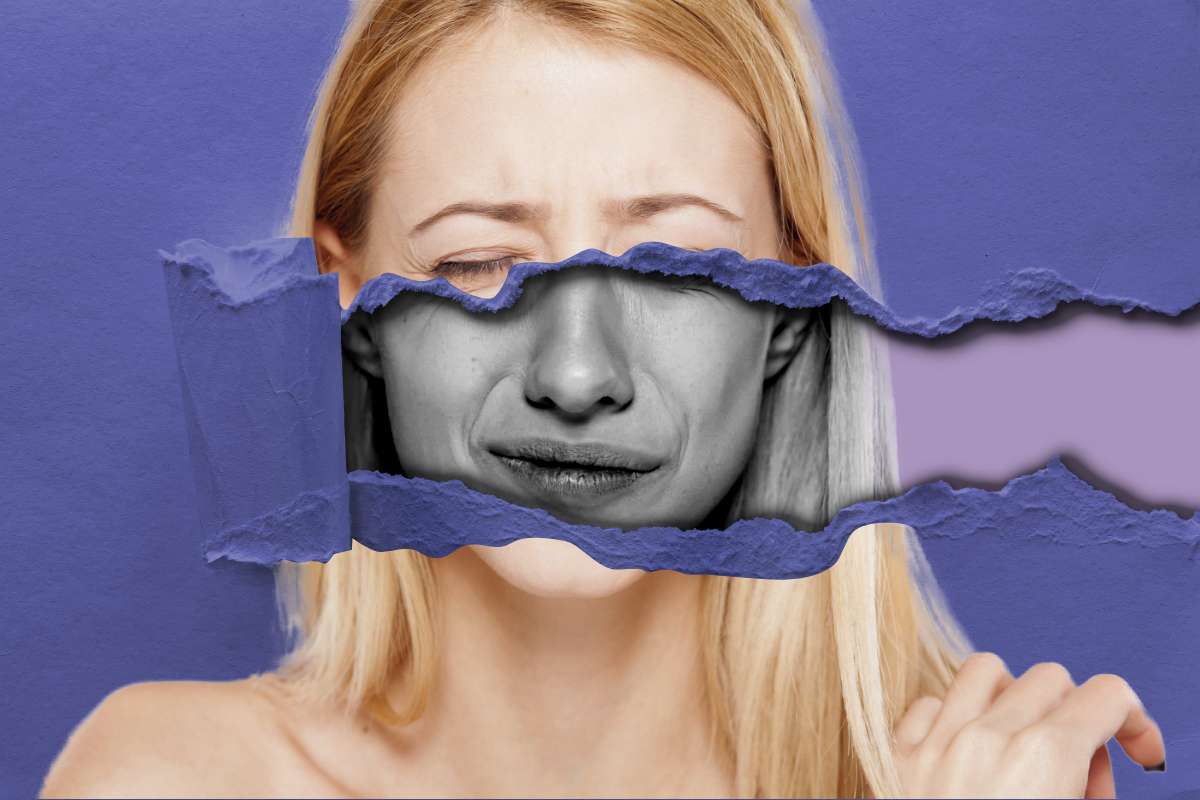
0 Comments